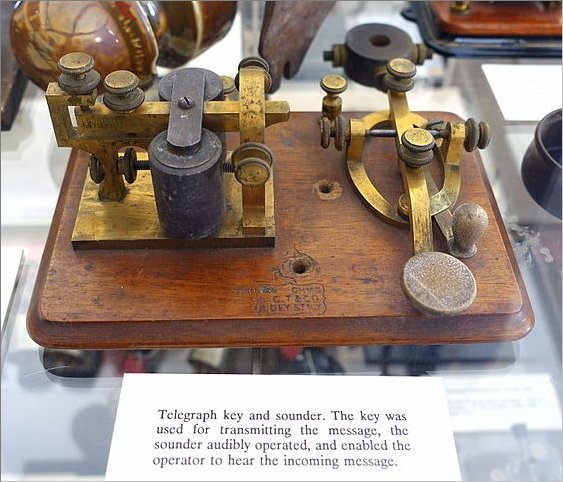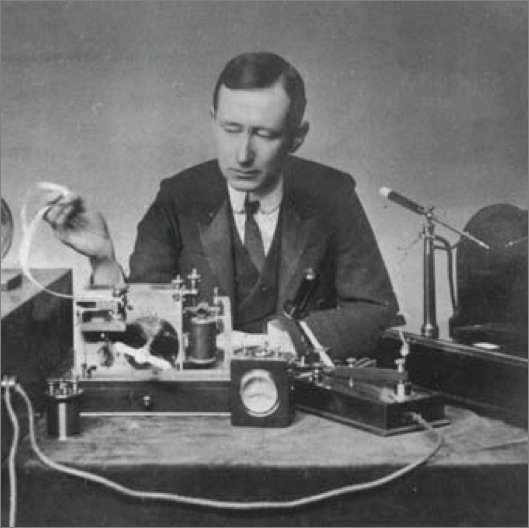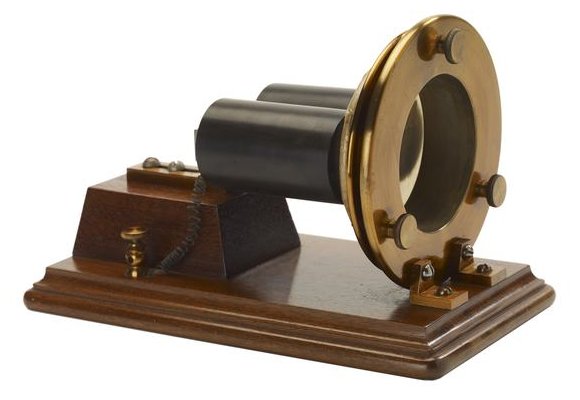Introduction
Telecommunications means communication that takes place over some distance (from the Greek word Tele, which means far away). The distances involved may be small, as is the case with communications that take place between people working in the same office building, or they may be vast, as is the case with the communications that occur between a deep space probe and its mission controllers on Earth.
Communicating over long distances has been a challenge throughout history. In ancient times, runners were used to carry messages between distant locations. Other methods used have included drums (used for thousands of years to send messages, and for ceremonial and religious purposes), smoke signals and signal beacons (visible for many miles if visibility is good), the heliograph (used to send signals by reflecting the light of the sun), and semaphore (a method of signalling using two flags held in various positions by the signaller).
Modern telecommunications can probably be considered to have started with the invention of the telegraph in 1832, which exploited the properties of electricity and electromagnetism discovered in the 19th century. The telegraph operated over long distances using a simple electrical circuit. An operator at one end of the connection repeatedly makes and breaks an electrical contact using a telegraph key, and the resulting intermittent bursts of current are used to produce a series of audible signals at the other end which are interpeted and transcribed by a second operator.

A telegraph key and sounder on display at the Bennington Museum - Bennington, Vermont, USA
Image: Daderot (public domain)
In the 1870s, Alexander Graham Bell was credited with the invention of the telephone, a device that could transmit speech along a wire by varying the voltage in an electrical circuit using sound. The invention was a result of Bell's attempts to improve the performance of the telegraph. Having experimented with machines that could detect the vibrations caused by sound waves and draw an analogue of the wave on smoked glass, Bell became convinced that sound could be represented by a varying electrical current, but lacked the required technical knowledge to prove his theories.
Following a chance meeting in 1874 between Bell and Electrical designer Thomas A. Watson, Bell hired Watson as his assistant, and with his help was able to develop the acoustic telegraph, a forerunner of the telephone. Despite considerable controversy over who should actually get the credit for inventing the telephone (Bell's early experiments employed a liquid transmitter that was developed by electrical engineer Elisha Gray), it was Bell's patent application that was eventually successful.
From 1876 onwards, Bell's efforts were focused on developing an electromagnetic telephone, and in 1877 the Bell Telephone Company was created. Two years later, the Bell company acquired Edison's patent for the carbon microphone from Western Union, enabling them to improve the design of the telephone to a degree that made long-distance telephone communication a practical reality. By 1886, more than one hundred and fifty thousand people in the United States could claim ownership of a telephone.
Sound is the result of differences in pressure in the air around us caused by vibrations. The microphone in a telephone uses these small differences in pressure to vary the resistance of an electrical circuit, constantly changing the amount of current flowing through it. The current flowing through the circuit thus becomes an analogue of the sound waves picked up by the microphone. At the receiving end, the amplified signal can be used to vary the current through a small electromagnet in the earpiece which is in proximity to a metal diaphragm, causing it to vibrate and recreate the original soundwaves.
The invention of the telephone and the speed with which it captured the imagination of the public led to the development of the public switched telephone system (PSTN). Although originally intended only for voice transmission, the PSTN has now evolved into a high-capacity, high-speed global communications network that utilises fibre optic trunk lines and fully automated exchanges to carry almost unimaginable amounts of both analogue and digital data.
Several years before Alexander Graham Bell began experimenting with the telegraphic transmission of sound in earnest, British physicist James Clerk Maxwell had theorised that electric and magnetic fields travel through free space at the speed of light as waves. His theory was later proved by the German physicist Heinrich Hertz.
It was demonstrated that, by attaching an antenna to an electrical circuit, electromagnetic waves would be generated that could subsequently be detected by a receiver some distance away. The potential of this discovery was demonstrated by Italian inventor and electrical engineer Guglielmo Giovanni Maria Marconi, who in 1901 successfully broadcast a radio message from Cornwall in the UK to Canada, a distance of over three thousand kilometres.

Marconi with equipment used in some of his early long distance wireless transmissions
Image source: LIFE Photo Archive (Public Domain)
We now know that the behaviour of electromagnetic waves varies with frequency, and have used this knowledge to develop a broad range of wireless technologies. Today, much of the electromagnetic spectrum, including radio, microwave, infra-red, and visible light, are used for both short-range and long range wireless communications.
The telecommunications industry continues to develop new technologies and to deliver new services, but many of the principles that underpinned the early development of telephony and radio communications are just as relevant today as they have ever been. These pages examine some of the fundamental characteristics of transmission lines, and the application of analogue and digital signalling techniques. They will also examine communication system architectures, explain the importance of communication protocols, and provide an in-depth look at concepts such as modulation and multiplexing.

